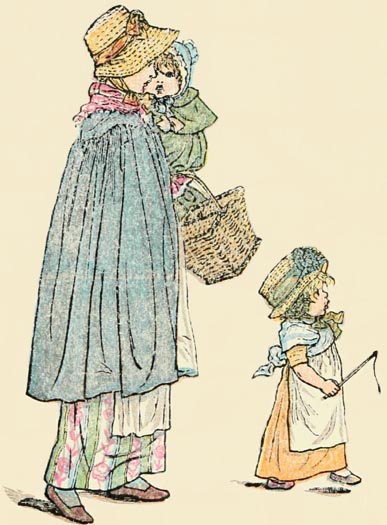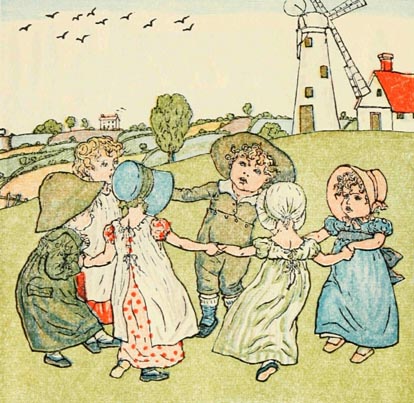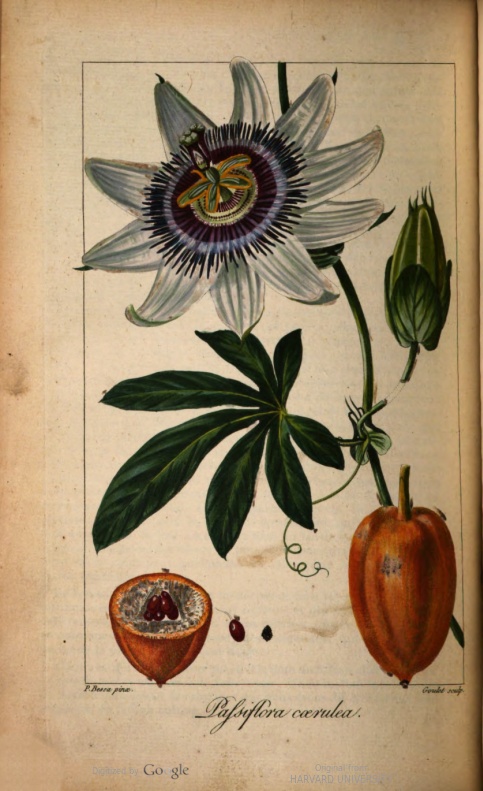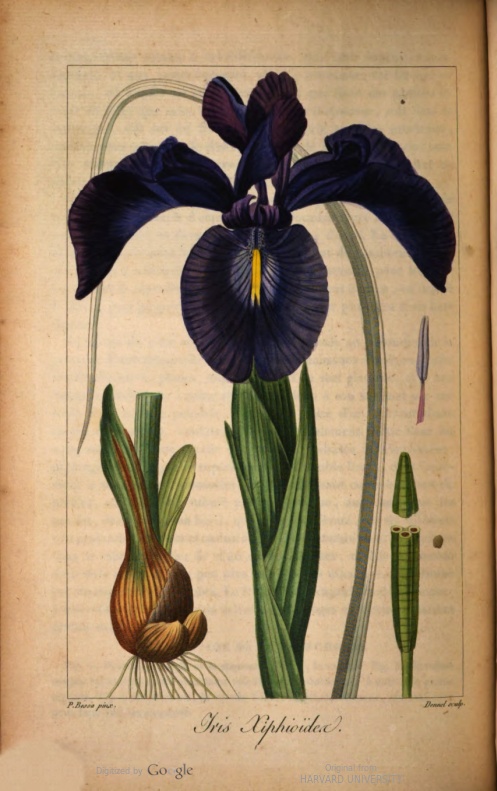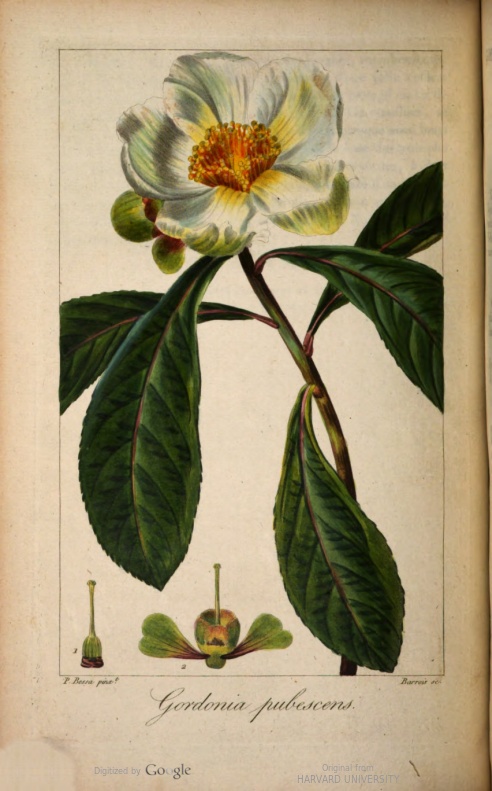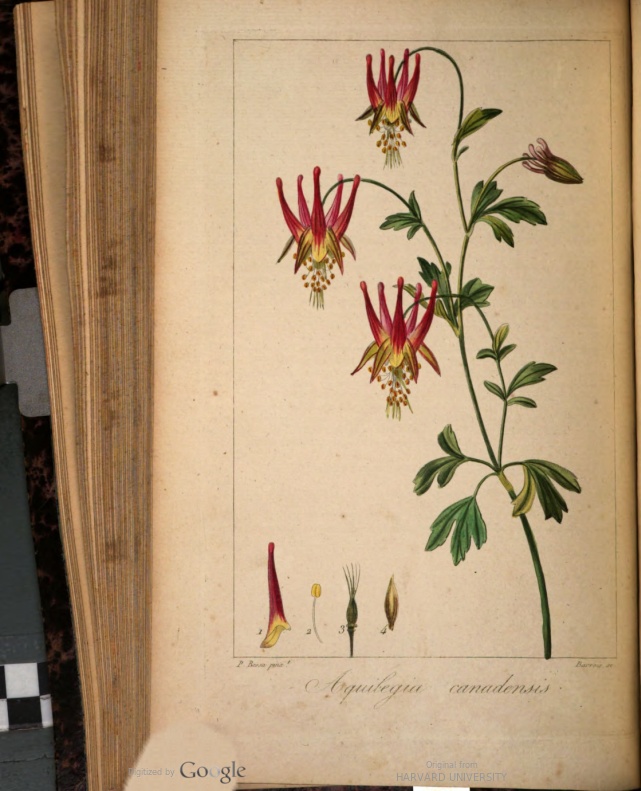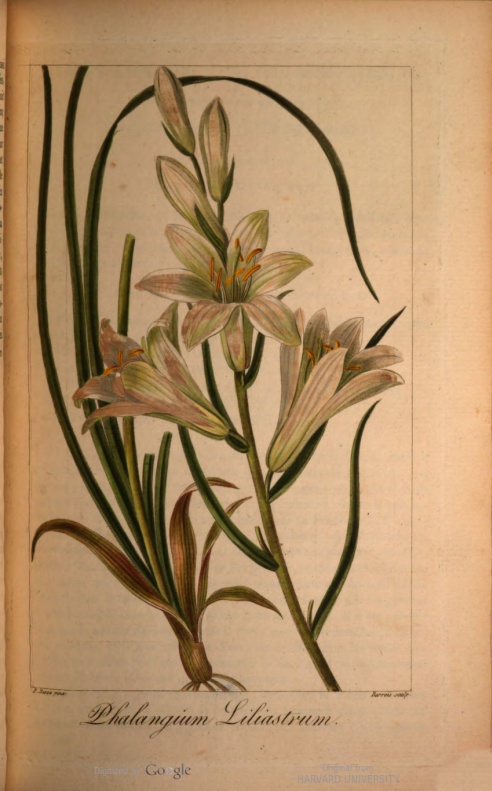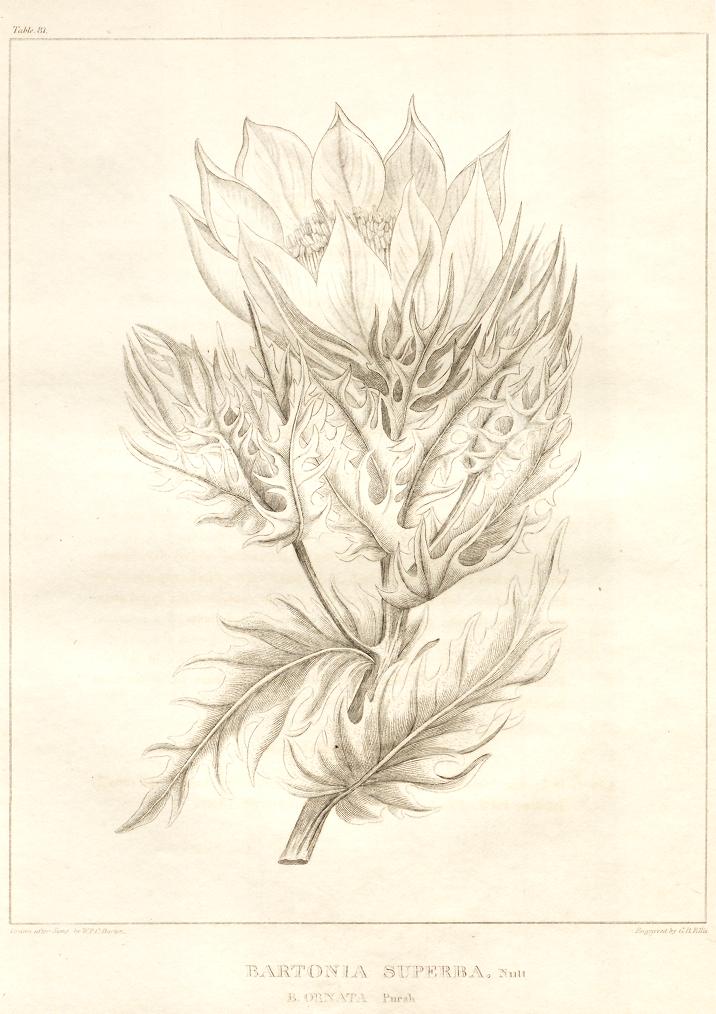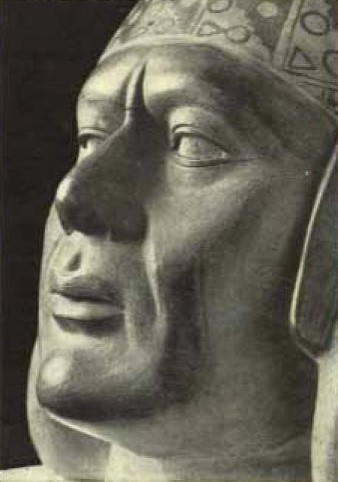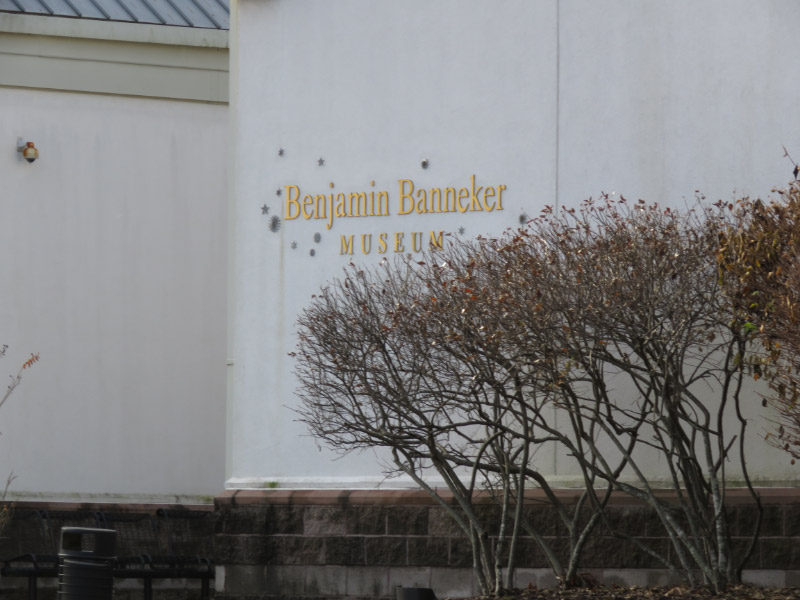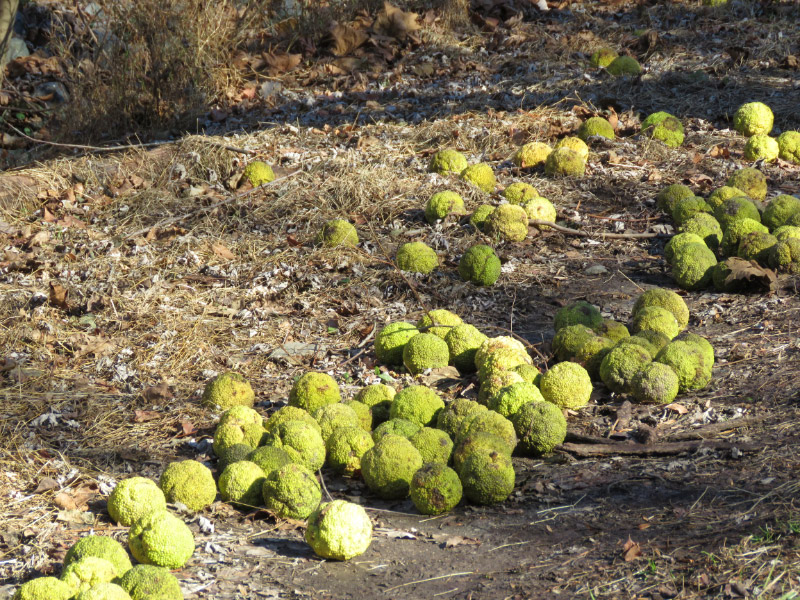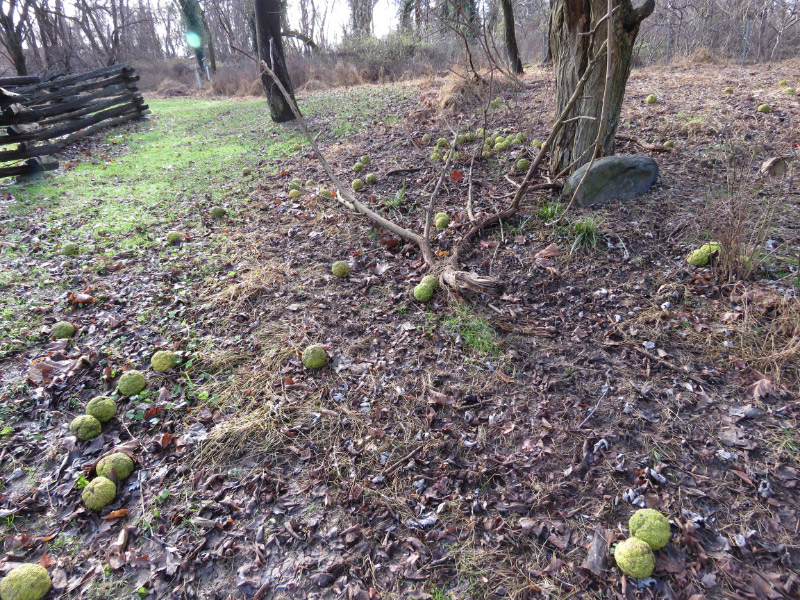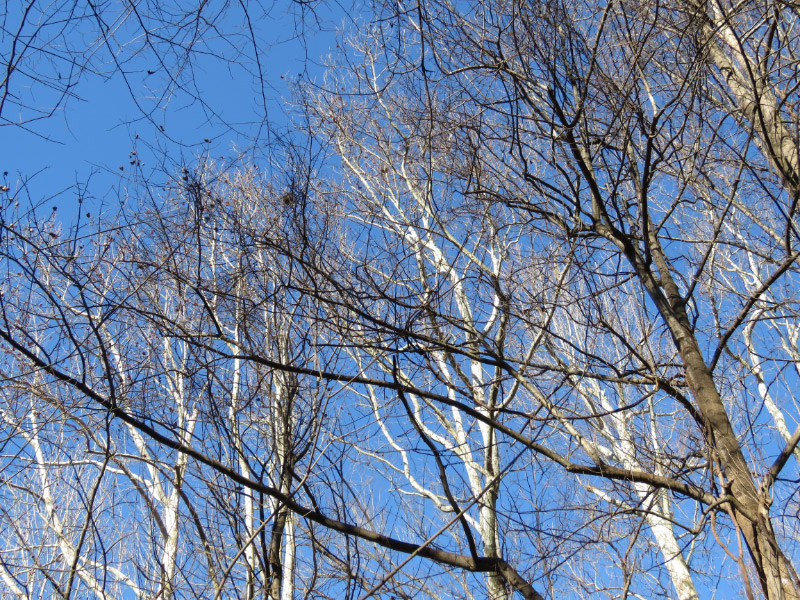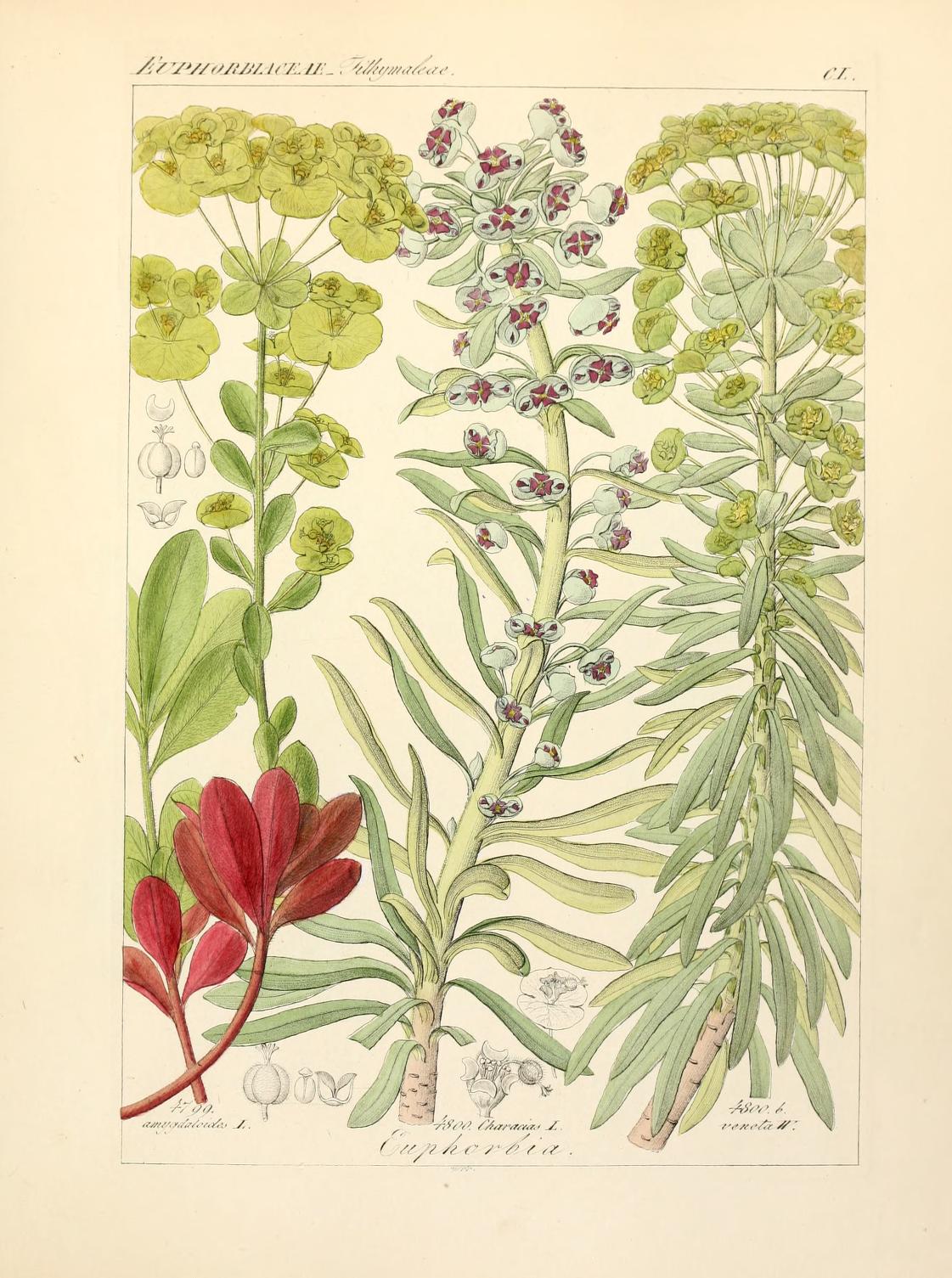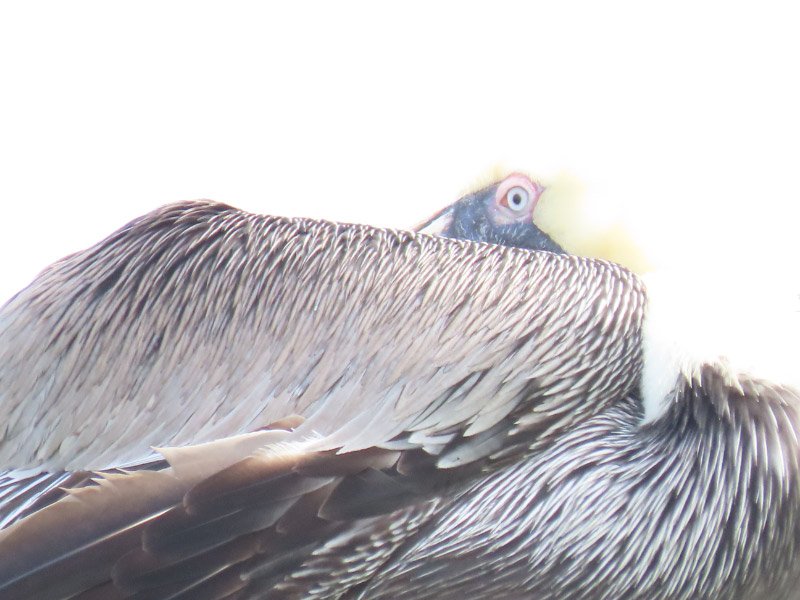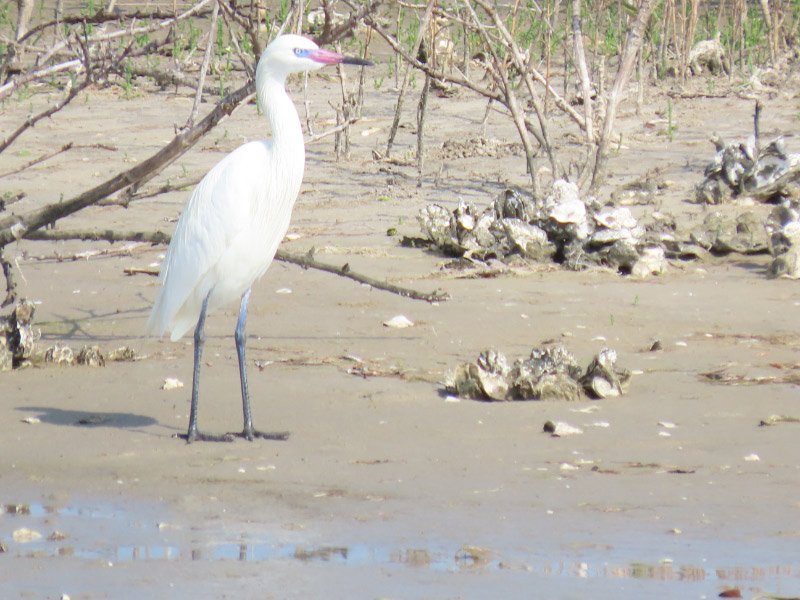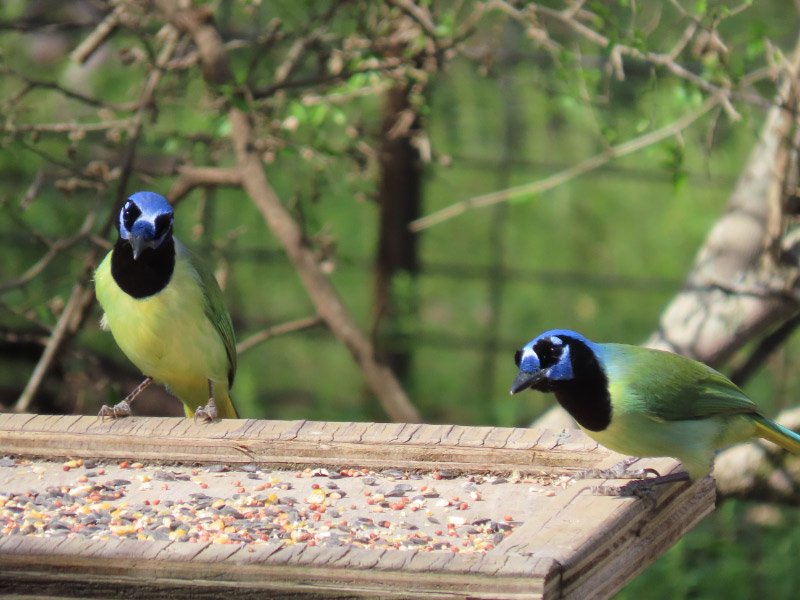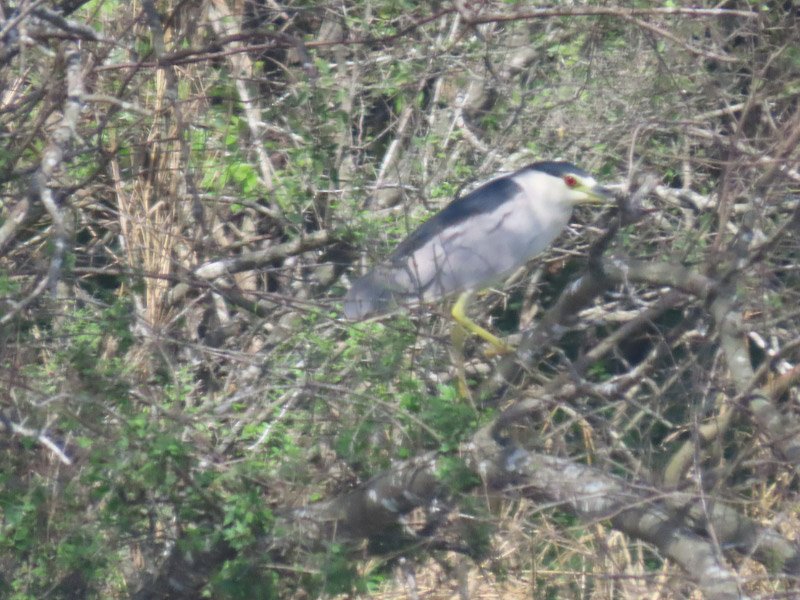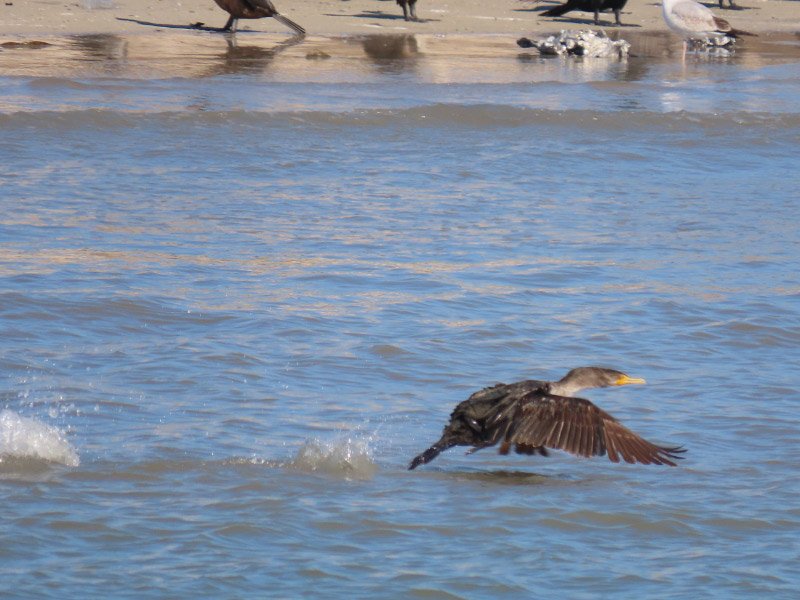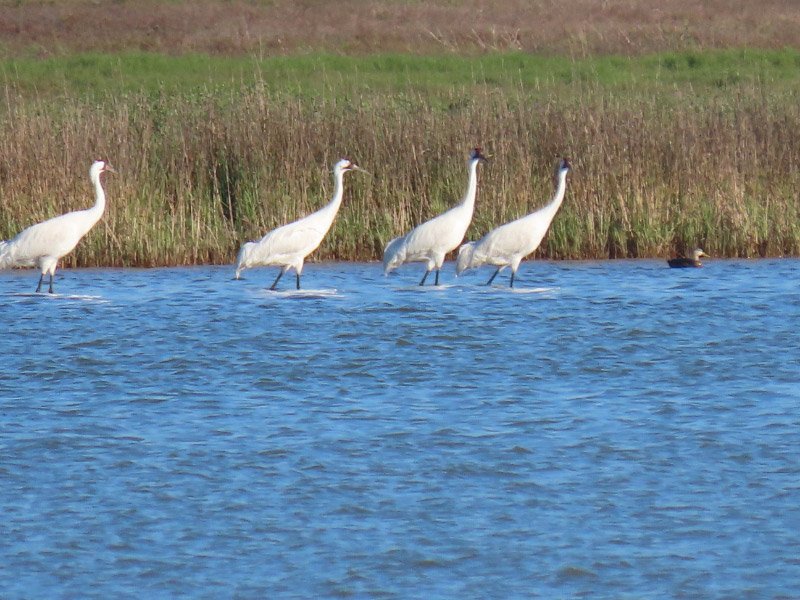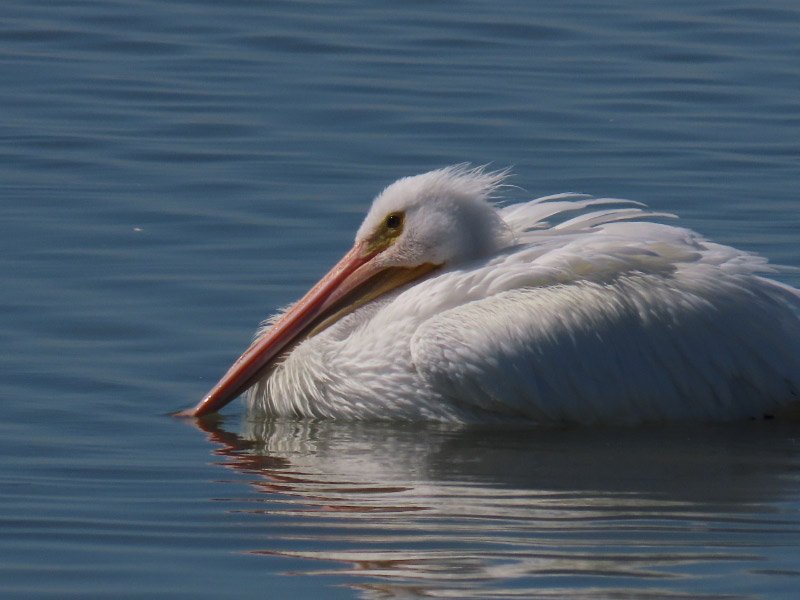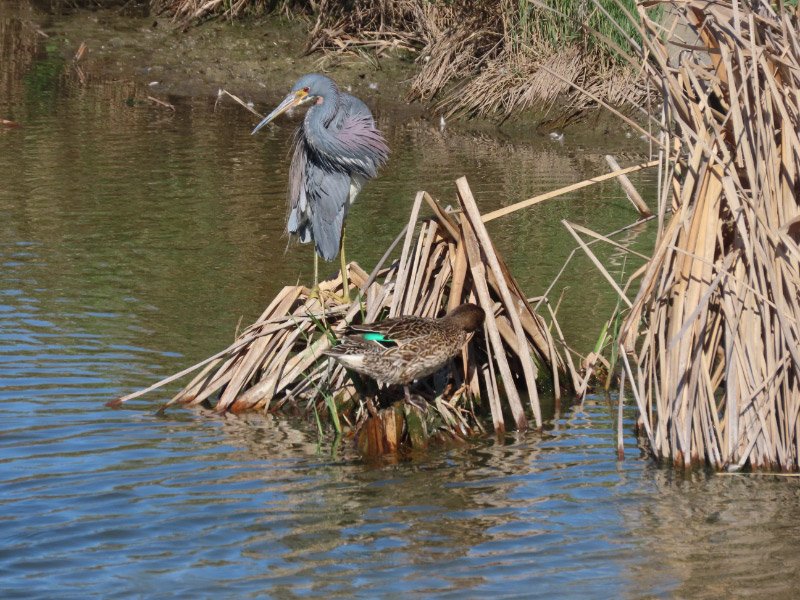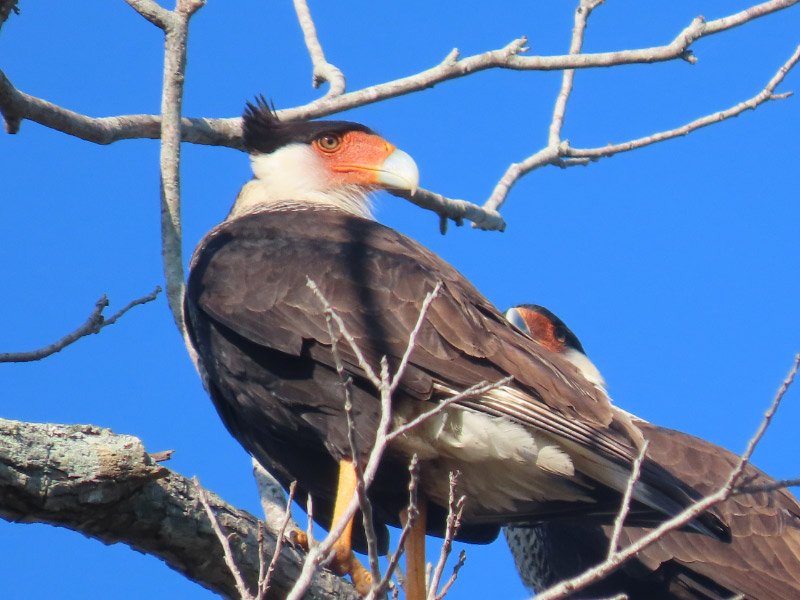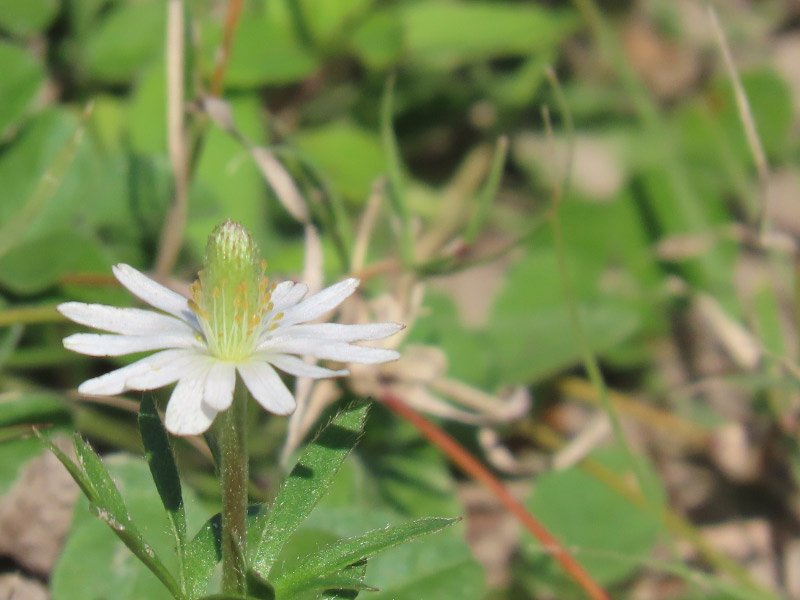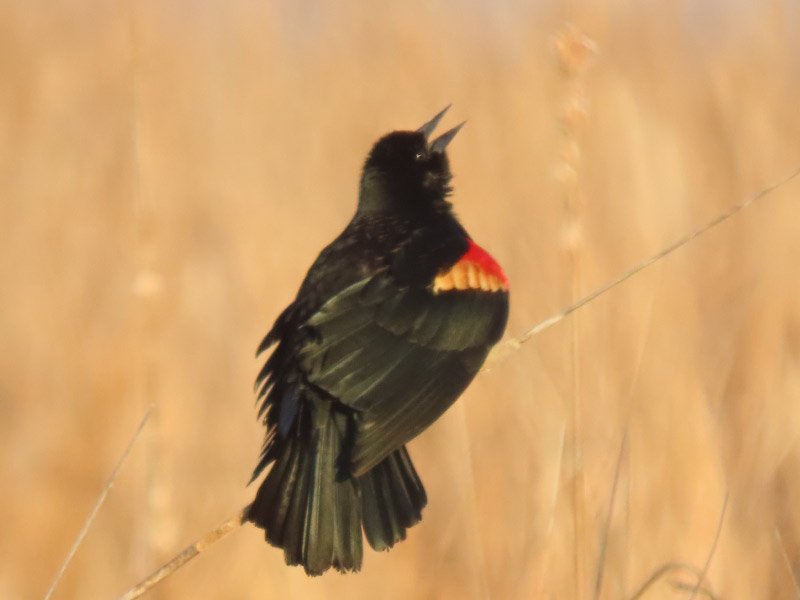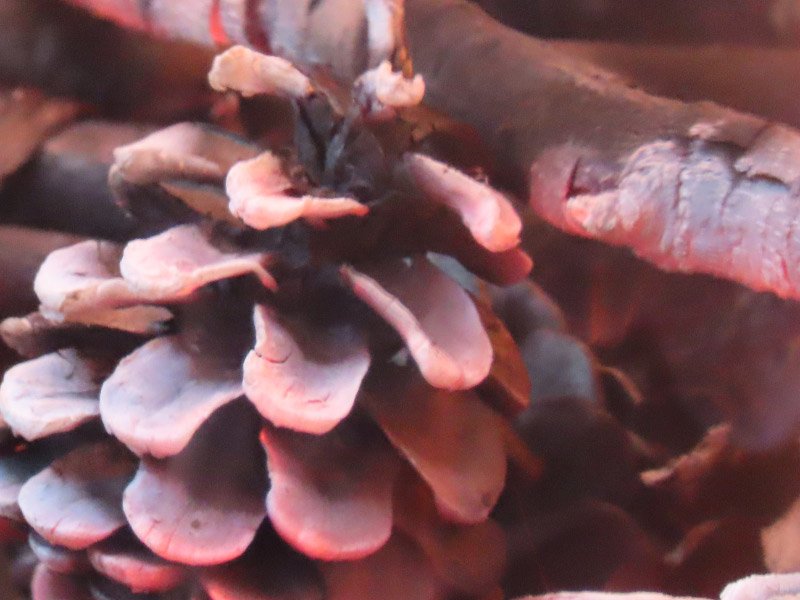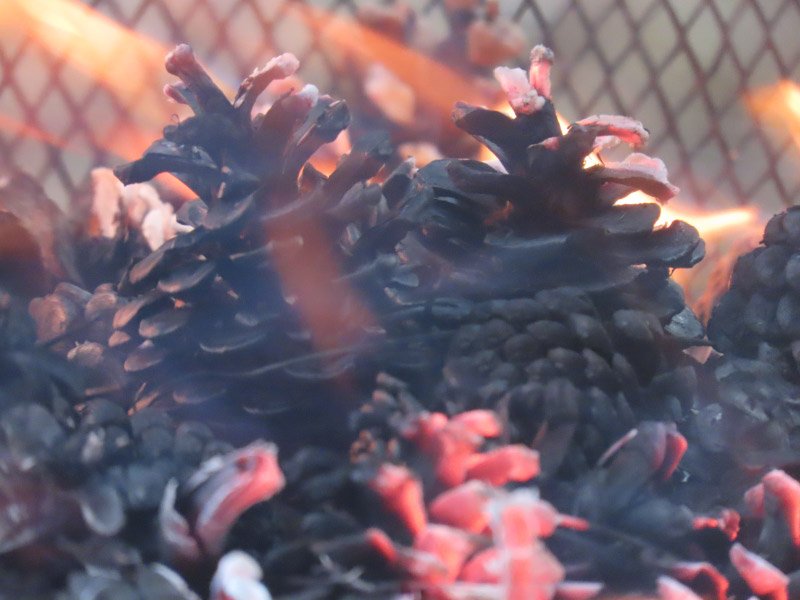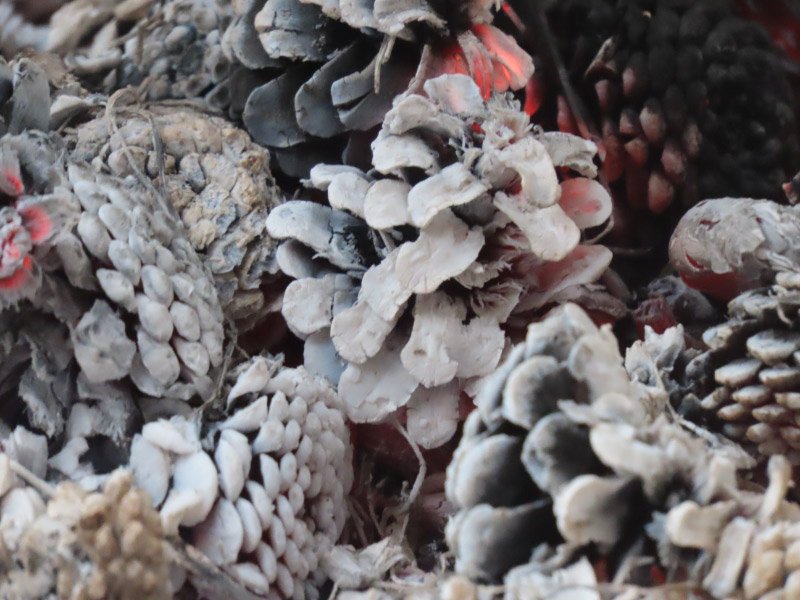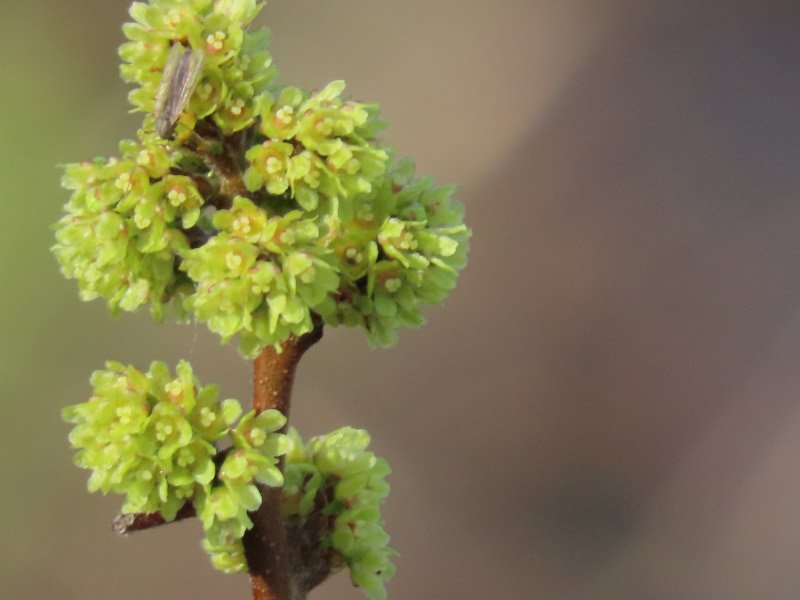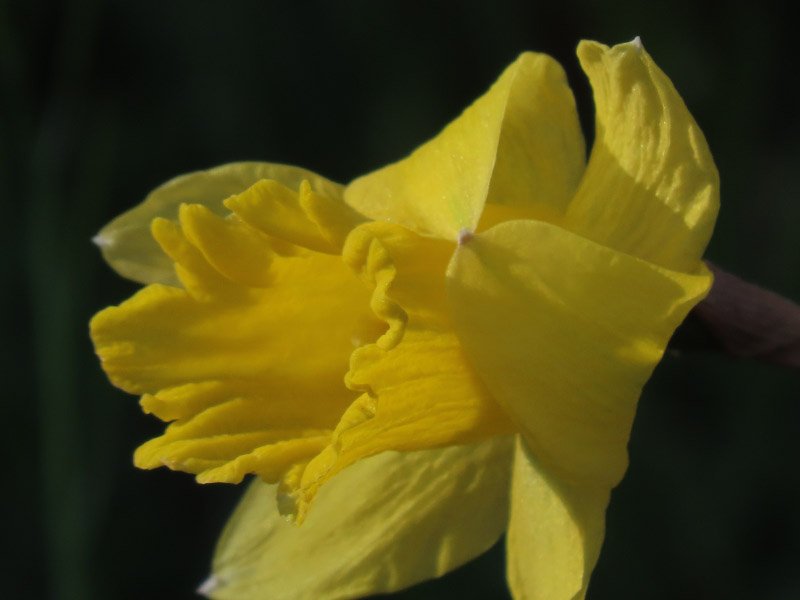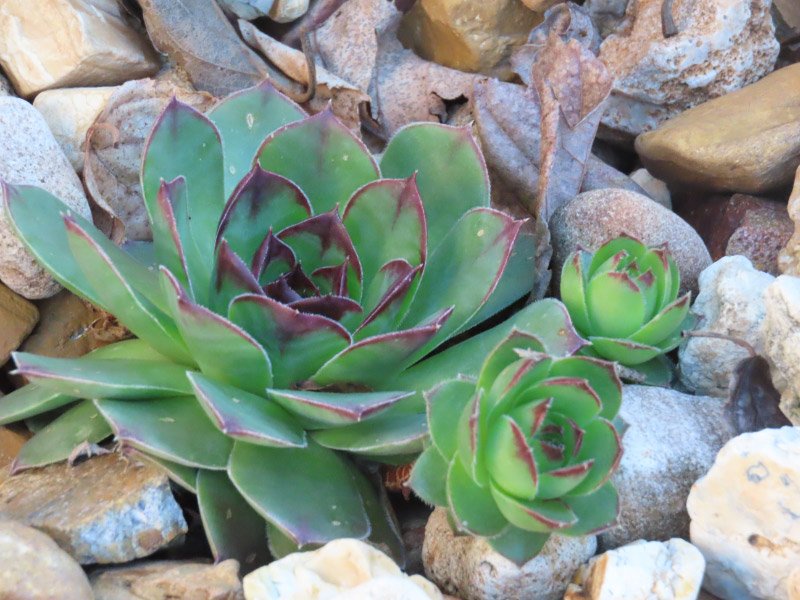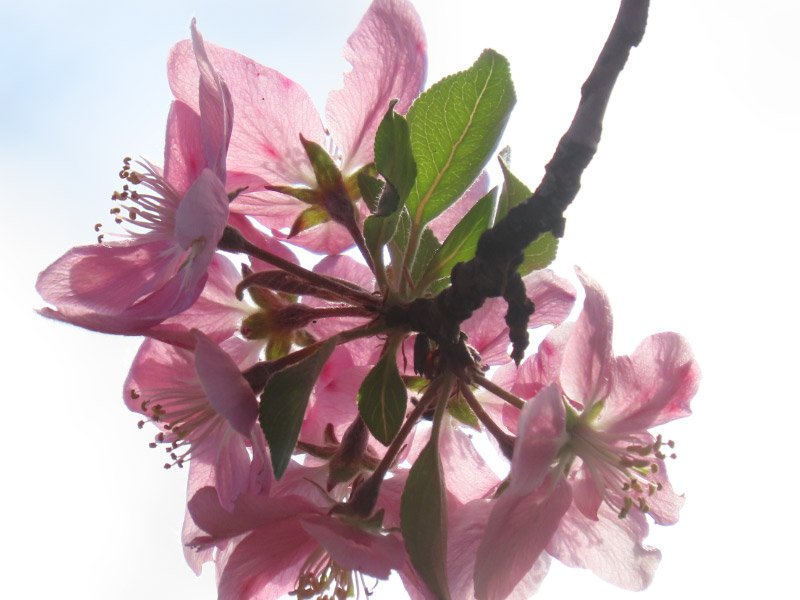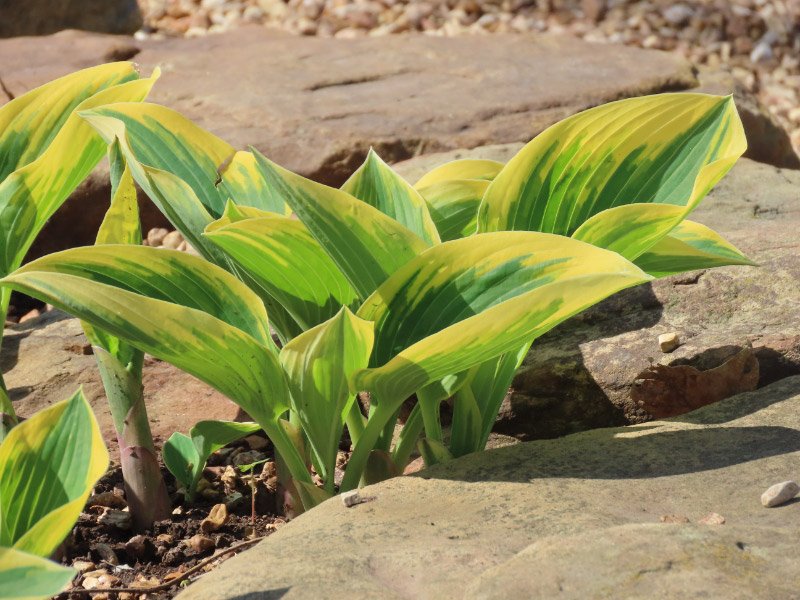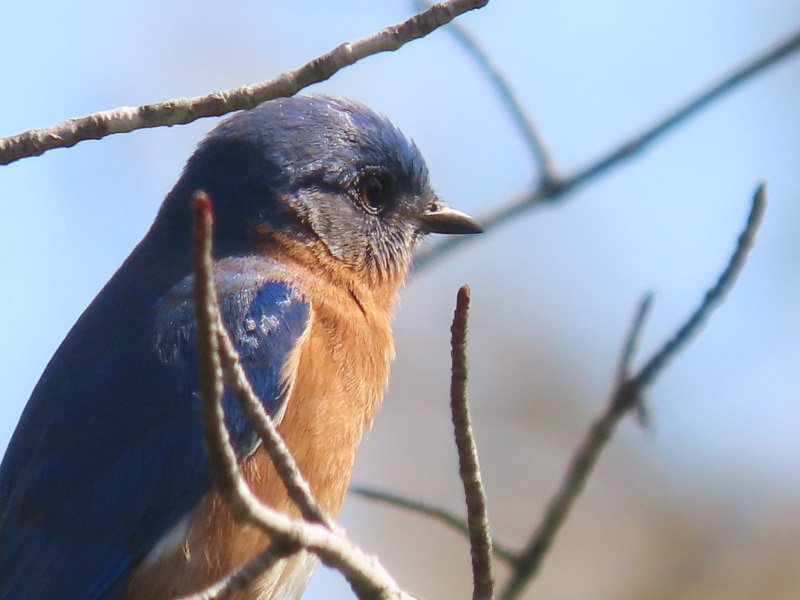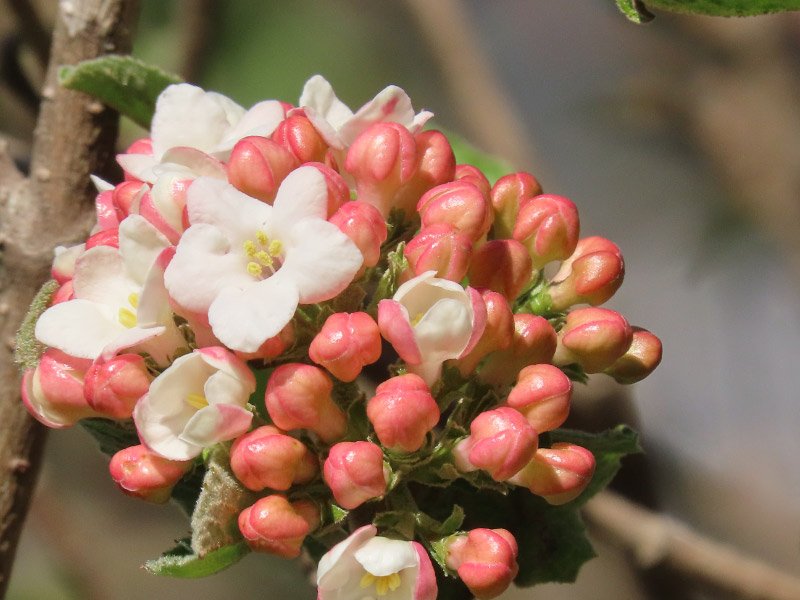Gleanings of the Week Ending March 2, 2019
/The items below were ‘the cream’ of the articles and websites I found this past week. Click on the light green text to look at the article.
Good News for Eastern Monarch Butterfly Population - The National Wildlife Federation Blog – Now to sustain the improvement into a trend….and stop the decline for the western population.
Joshua Trees Could Take 200 to 300 Years to Recover from Shutdown Damage | Smart News | Smithsonian – A very sad result of the shutdown.
Physician-targeted marketing is associated with increase in opioid overdose deaths, study shows -- ScienceDaily – Hopefully with the opioid crisis getting more attention…the targeted marketing is reduced or eliminated. The study used data from before 2016. Things have gotten a lot worse since 2016 but maybe there is a lag between prescription opioid use and opioid overdoses.
Rocking Improves Sleep, Boosts Memory | The Scientist Magazine® - A research topic….and maybe a trend in new bed purchases.
America colonization ‘cooled Earth's climate’ - BBC News – More than 50 million people died and close to 56 million hectares (an area the size the France) they had been farming returned to forest. The drop in CO2 is evident in Antarctica ice cores and cooler weather.
The World’s ‘Third Pole’ Will Lose One-Third of Ice by 2100 - Yale E360 – The Himalayas and Hindu Kush mountains are the source of water for nearly 2 billion people. The region has lost 15% of it’s ice since the 1970s. The current estimate is the river flows will increase until 2060 (flooding) but then will decline. There will be more and more bare rock rather than snow covered rock.
Oregon Launches First Statewide Refillable Bottle System in U.S.: The Salt: NPR – It’s starting with beer bottles. Reuse is better than recycle is better than landfill. If given a choice between buying something in glass or plastic…I choose glass.
BBC - Future - The ‘miracle mineral’ the world needs – Phosphorous. Thermic compost piles rather than mineral fertilizers. It’s economical and environmentally a better way.
Top 25 Wild Bird Pictures of the Week – Raptors – As usual – great photographs of birds from around the world.
What happens to the natural world if all the insects disappear? – Big perturbations of food chains. The article ends with a question: If we dispossess them, can we manage the planet without them? It would be a very different planet.







